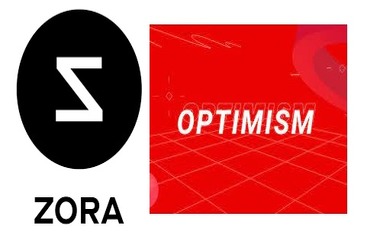 DigiKerma, Inc., a Virginia-based company, has recently unveiled CarbonKerma, a platform for trading carbon credits. The platform is designed to facilitate the exchange of carbon credits generated through carbon capture, utilization, and storage (CCUS) via a blockchain-based market. According to the official statement released by the company, the platform guarantees the authenticity and traceability of the carbon traded by utilizing a digital token, CKT, to represent every ton of carbon dioxide (CO2).
DigiKerma, Inc., a Virginia-based company, has recently unveiled CarbonKerma, a platform for trading carbon credits. The platform is designed to facilitate the exchange of carbon credits generated through carbon capture, utilization, and storage (CCUS) via a blockchain-based market. According to the official statement released by the company, the platform guarantees the authenticity and traceability of the carbon traded by utilizing a digital token, CKT, to represent every ton of carbon dioxide (CO2).
According to Irfan K. Ali, the CEO and founder of CarbonKerma, the company is introducing a distinctive digital version of CO2 that can be procured in varying amounts, both large and small. This product is also easily traceable and measurable and is extracted from the atmosphere under stringent regulatory guidelines.
In celebration of the platform’s launch, the CEO used the first transaction on CarbonKerma to offset the emissions generated by his return flight from Washington, D.C. to San Diego. According to the statement, CarbonKerma is the world’s inaugural carbon credit trading platform that ensures the provision of measured, verified, regulated, and premium carbon credits. These credits are transacted in a fully transparent manner. The reason behind this is that carbon credits are obtained solely from CCUS, and all transactions are documented through a decentralized ledger.
According to CarbonKerma, carbon capture is considered a vital component in achieving the worldwide objectives outlined in the Paris Agreement. The process of carbon capture, utilization, and storage (CCUS) is subject to strict regulation, which includes a Monitor Report and Verification (MRV) mandate in the United States and adherence to ISO standards on a global scale. Carbon capture, utilization, and storage (CCUS) technology allows for the capture of carbon emissions from stationary sources in challenging industries, including power generation, fertilizer production, pharmaceutical manufacturing, cement production, and steel production. This process prevents the release of carbon into the atmosphere. The captured CO2 is subsequently either permanently stored in subterranean geological formations or repurposed for various applications.








